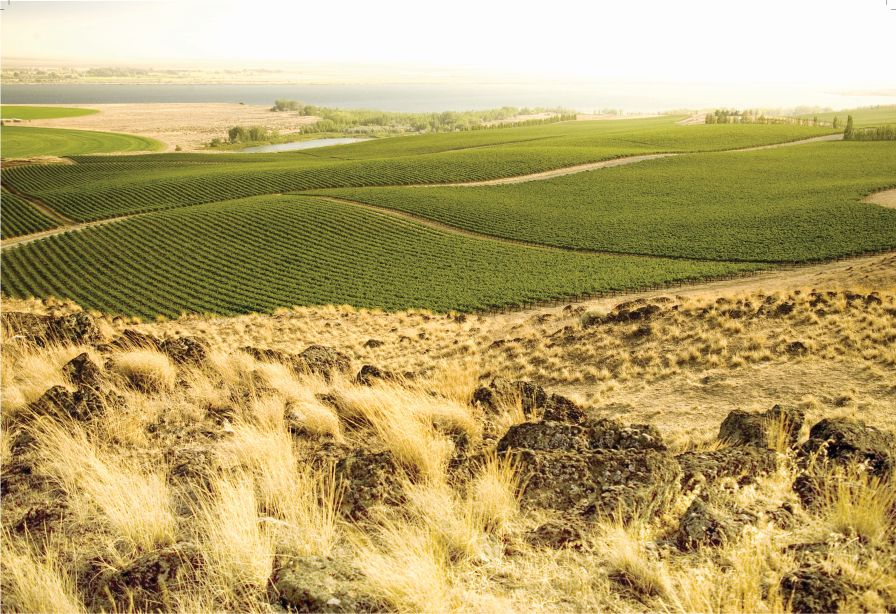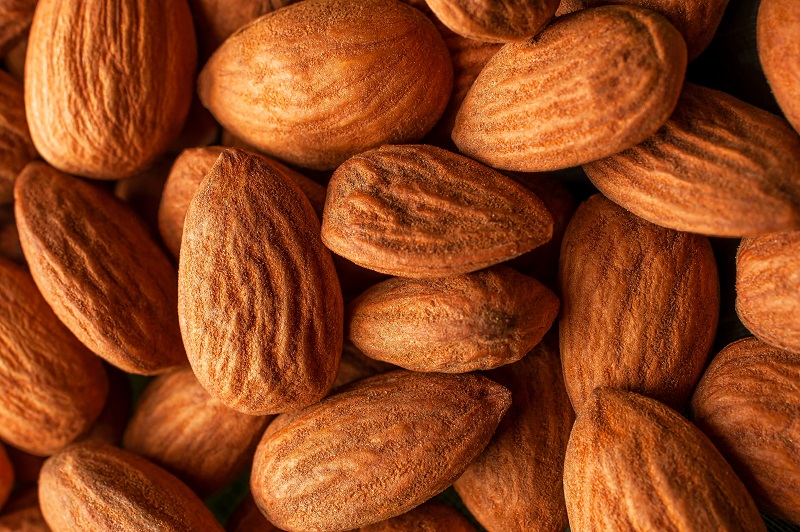Climate Doesn’t Weigh Heavy On Ste. Michelle Wine Estates

Lack of severe winter temperatures and strong winds reduce canopy size and density producing moderate vine vigor at Chateau Ste. Michelle’s Canoe Ridge Estate Vineyard. (Photo: Chateau Ste. Michelle)
When asked about changes to production practices as a result of the recent years of warming temperatures in the Pacific Northwest, Dr. Russell Smithyman, director of viticulture for Ste. Michelle Wine Estates in Washington, says the impact has not been too great.
“We have seen warming and cooling trends over the past decade, although the impact on grape production in Washington has not been as dramatic as in other growing regions,” he says. “This year [the weather] is certainly not following that trend of warming years; it is following along as an average or normal year.”
Ste. Michelle has not altered its production practices in response to the last two or three years of warmer weather, but rather has opted to constantly incorporate new technologies that are coming into the grape industry. For instance, he says the operation is using more aerial imaging now to discern differences in vineyards and is able to pick out certain areas separately from others.
Irrigation practices are another area where changes are occurring, but not because of weather or drought. In fact, Smithyman says drought has not been an issue, partly because grapevines don’t need nearly the amount of water that other crops, like apples or hops, require.
“We are certainly irrigating differently now, but I think that is an evolution of science and learning,” he explains. “Two decades ago, we irrigated all the different varieties the same way. Now we are irrigating varieties to a style of wine. For example, we will irrigate reserve ‘Cabernet’ differently than we might irrigate production ‘Cabernet.’ We are incorporating deficit irrigation into a reserve program where we are more concerned with quality than yield. So we are trying to create a small berry with a higher skin to juice ratio that gives us a better-colored wine.”
Irrigation practices also vary, depending on the variety. Smithyman says Ste. Michelle has done trials and learned that it is not beneficial to deficit irrigate ‘Riesling’ or ‘Chardonnay’ varieties to produce desired styles of wine.
“For example, to get a New Zealand style of wine, you irrigate and grow a bigger canopy. If we want something like clove we may create a smaller canopy — not necessarily stressing the vine but withholding water at certain times to get control of canopy growth,” he explains.










